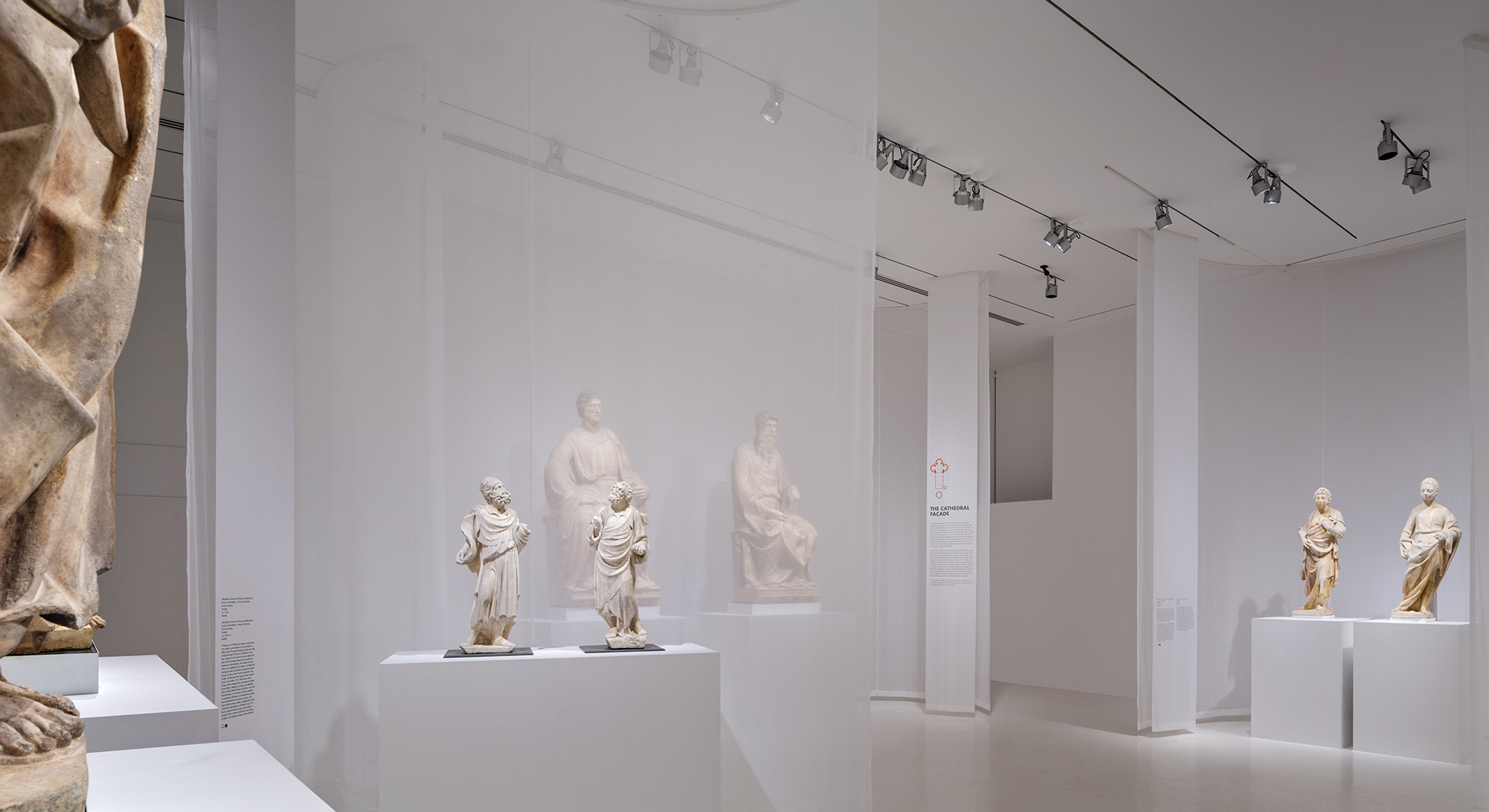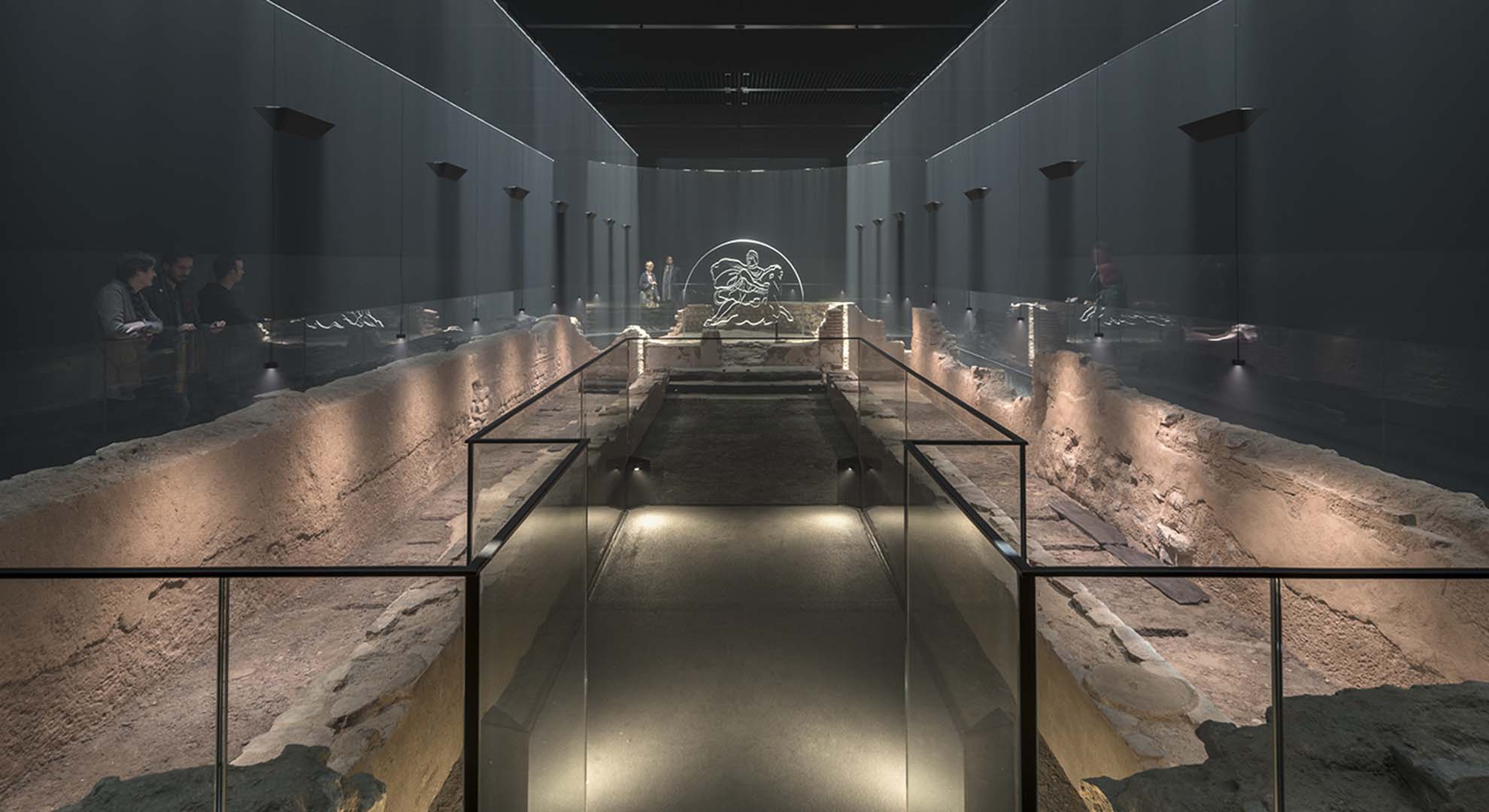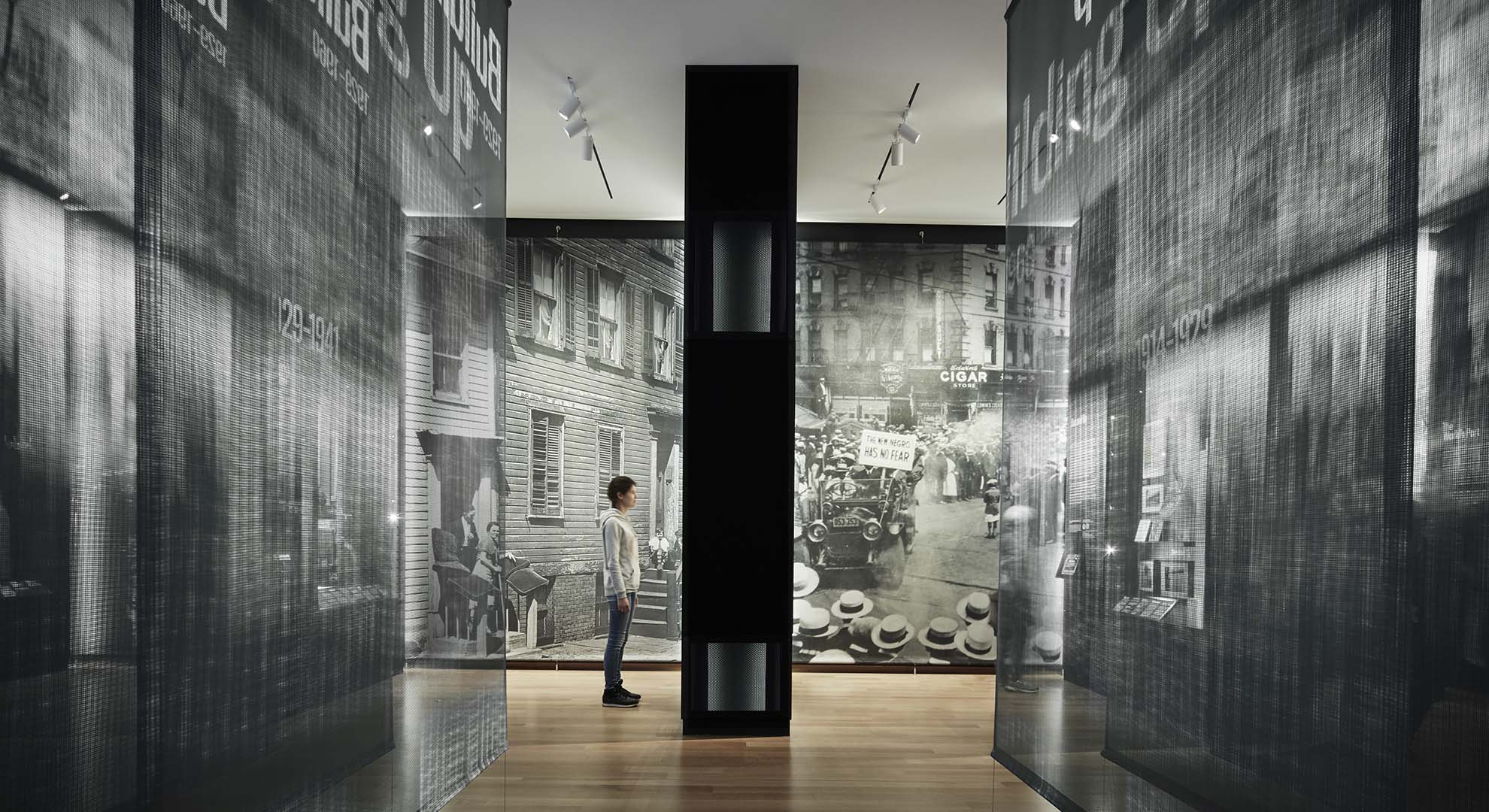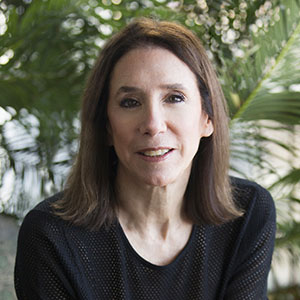Thinking in Public
On planning a contemplative museum
[T]he democratic potential of public space, while idealistic in many instances, is elusive; yet the process of trying to achieve its potential is perhaps what makes it real, less idealized and imaginary.
Jennifer Barnett, Museums and the Public Sphere (Wiley-Blackwell, 2011)
I do not know which to prefer,
The beauty of inflections
Or the beauty of innuendoes,
The blackbird whistling
Or just after.
Wallace Stevens, Thirteen Ways of Looking at a Blackbird
Planning and designing museum exhibitions often reveals a strong institutional tension between openness and authoritativeness. Museums are building more diverse audiences, mounting exhibitions that share authority beyond academic “experts,” and offering experiences that discard traditional social hierarchies. On the other hand, museums remain elite institutions. They are housed in imposing buildings, stewards of high-value collections, staffed by hyper-educated academics, led by boards of directors rife with very wealthy people, attended by core audiences that are nearly always older, whiter, and wealthier than the local demographic.
This tension is no secret. At most museums in North America and Europe, audience demographics are persistently tied to larger patterns of inequity. In their efforts to diversify, museums are moving away from academic curatorial practices to appeal to a more casual, social-minded audience: tourists, schoolchildren, couples, and families on rainy day outings.

Scrims create ethereal backgrounds so the artworks can slowly reveal themselves, “Sculpture in the Age of Donatello,” Museum of Biblical Art, New York, NY, 2015, Studio Joseph. Photo © Eduard Hueber
Despite these contradictions in purpose and experience, museums remain relevant as spaces for community gathering and social interaction, as well as for deep contemplation and public discourse. This unique duality of purpose—the mundane space of entertainment and the sacred space of collective thought—is reflected in the physical experience of visiting a museum.
As exhibition planners and designers, our highest purpose is to facilitate transformative experiences for museum visitors. Between the competing demands of populist “edutainment” and profit-driven elitism, how do we deliver on our promise?
Tranformation
In Of Other Spaces, Foucault uses the word heterotopia to name sociocultural spaces that are worlds within worlds; where a certain agreed-upon illusion becomes the functional reality. In other words, spaces of transformation.
There is an expectation of magic and marvel in visiting museums. As long as their needs for safety and comfort are met by the space, museum visitors are ready to be moved—they can enter a heterotopia.

An underground temple is reconstructed in light, immersing visitors into a realm outside of the linear structure of time, “London Mithraeum: Bloomberg Space,” London, 2017, Studio Joseph. Photo © James Newton
Of course, one person’s sense of norm can be another’s heterotopia, and there is no formula for describing museum spaces that achieve this ineffable quality of transformation. But in the inventory of spaces that hit this pitch, there are some patterns. First, a sense of place, a feeling of arrival and enclosure. In other words, a location you tangibly enter and leave. Second, focused and framed views that hold the gaze, often with a strong symmetry or proportion. Lastly, a feeling of sensory coherence, where sound, texture, and even smell exist in concert with the visual.
We can think of these environments as being in service to transformative objects, artworks, or ideas. Museum collections contain the physical evidence of culture; transformative exhibitions are the containers that hold the viewer’s body and attention in a way that facilitates deep connection.
Cadence
A successful museum exhibition is a highly choreographed journey through space and story. It is a significant aspect of museums that one moves through them rather than occupying or locating oneself. They are experienced as a sequence of movements, sight lines, and narrative elements. Much like a theater production, an exhibition moves the audience through a series of sensory, intellectual, and emotional experiences—a theme with variations. And just like a dramatic plot, an exhibition must create a rhythm that has a narrative logic: lofty, open, inspiring moments are interspersed with moments of intensity and boldness, moments of rest, moments of humor and levity, and encounters that are cerebral or intuitive.

A quiet moment of contemplation is paired with a media experience, “New York at its Core,” Museum of the City of New York, NY, 2016, Studio Joseph. Photo © Thomas Loof
Within this experiential rhythm, how do we transport visitors through the experience of looking? Isolating artifacts and artworks in a viewshed can focus attention in a powerful way, removing the noise to allow the viewer to be in direct dialogue with the pieces. The idea of a minimal, one-on-one object interaction can be at odds with institutions that see dense display of collections as a core display technique. Yet the most memorable experiences are those of witnessing a single object, observing it closely, and contemplating its meaning.
In an increasingly online world, there is an argument to be made for the power of looking and thinking in public, in the physical presence of other people. As more and more of our social lives—including intellectual life, politics, and play—take place online, experiencing these interactions in physical space has potential to increase the relevance of museums.
As designers, we are often asked to embody a single museum discourse leading to exhibitions that can be impossibly specialized and dense, or simplistic. Our strategy is to return to the essential, leveraging the unique promise of material objects—art and artifacts—to transport and transform us. The public nature of the experience, where we share our gaze with loved ones and strangers, opens the possibility for collective dialogue.
Main image: Dialogue between the artworks sets up interaction without prescriptive interpretation, “New Glass Now,” Corning Museum of Glass, Corning, NY, 2019, Studio Joseph. Photo © Alex Fradkin
